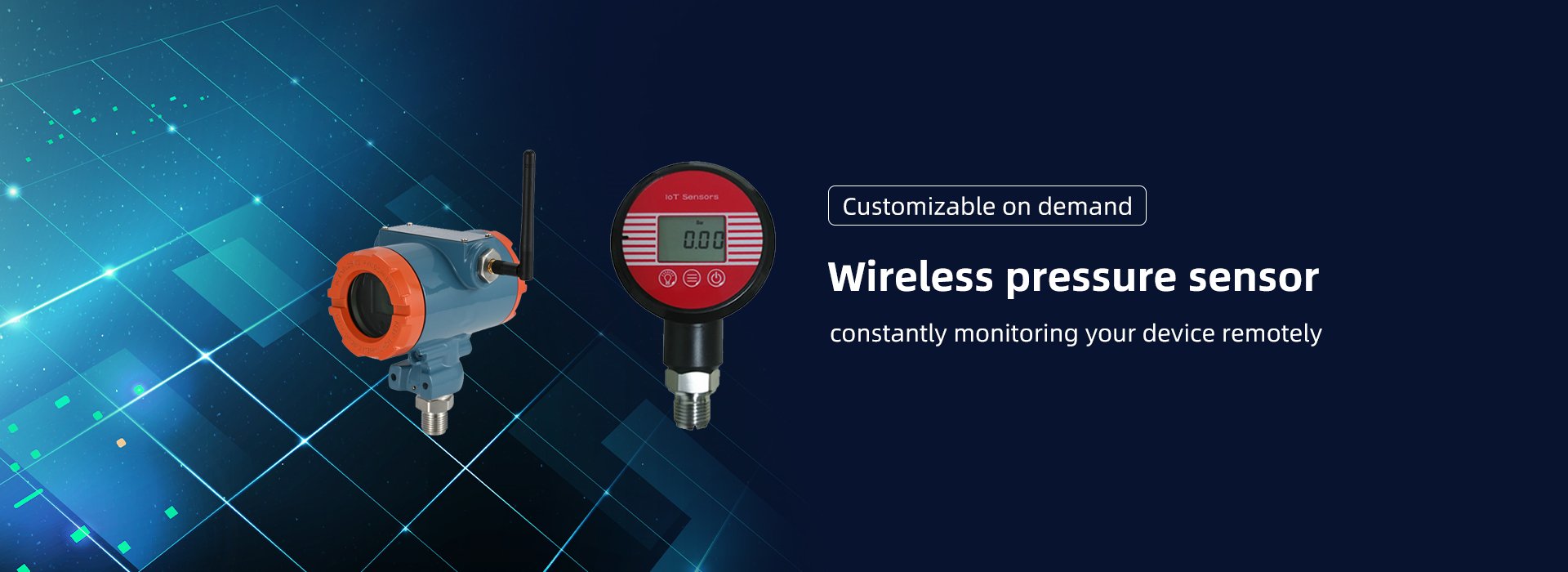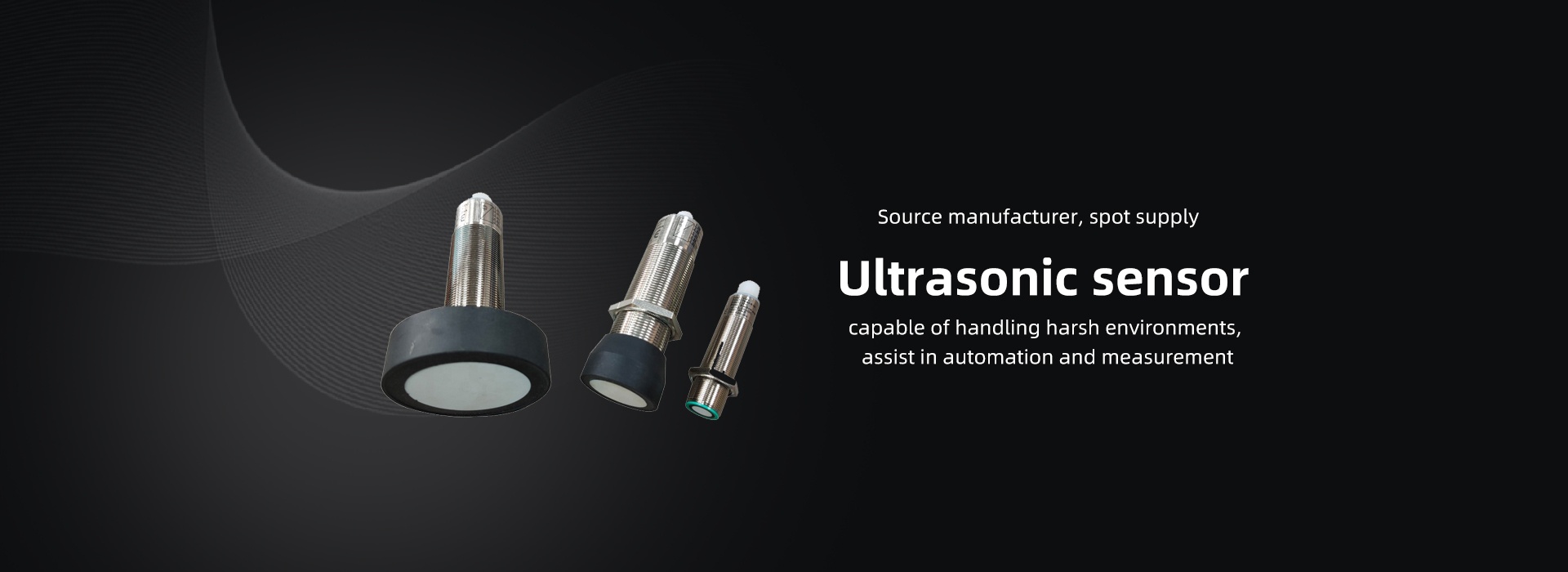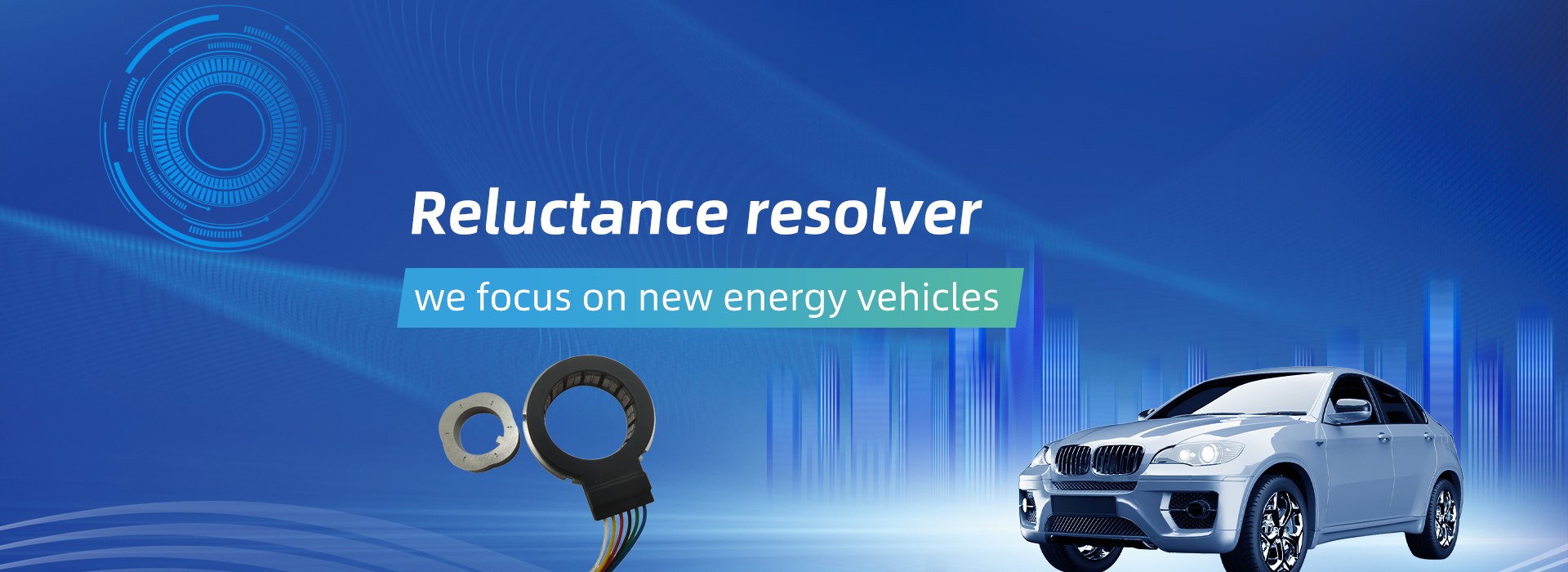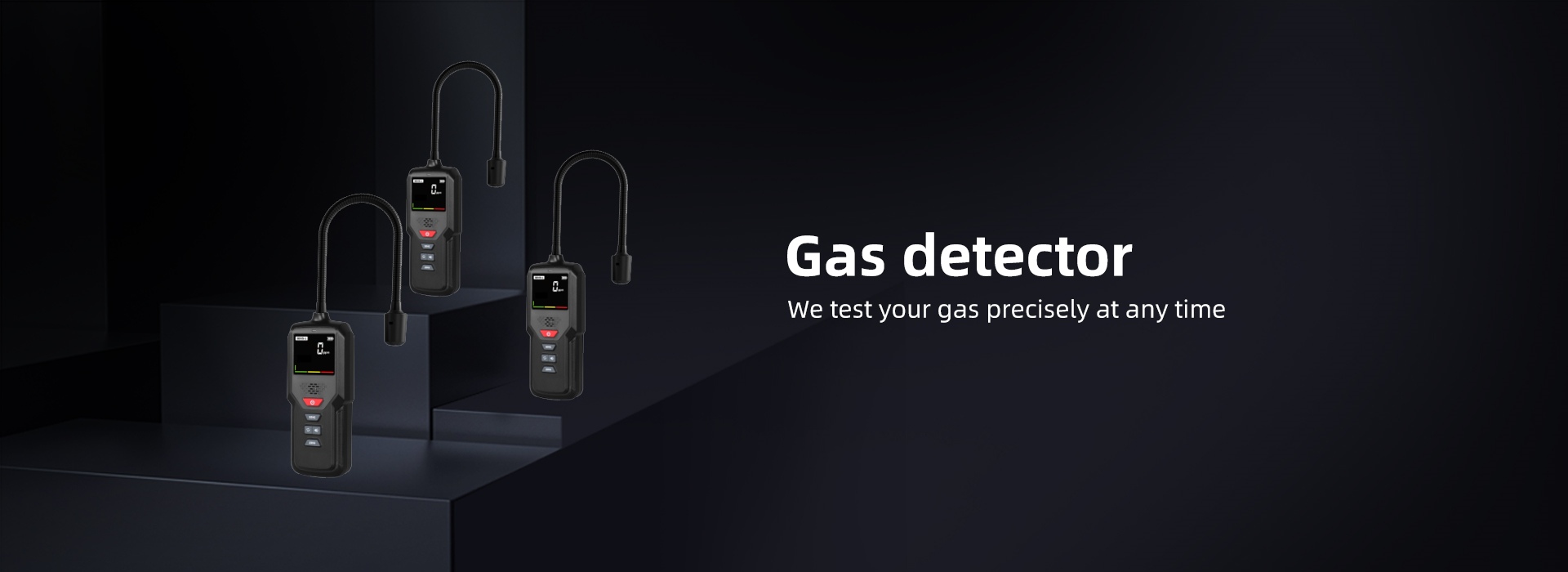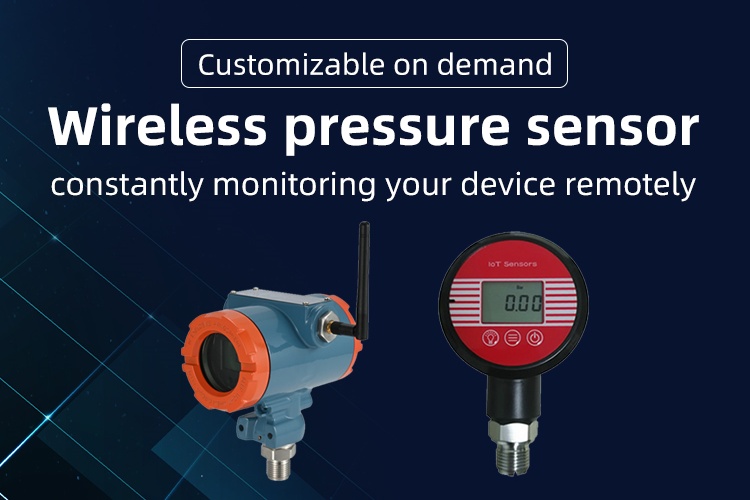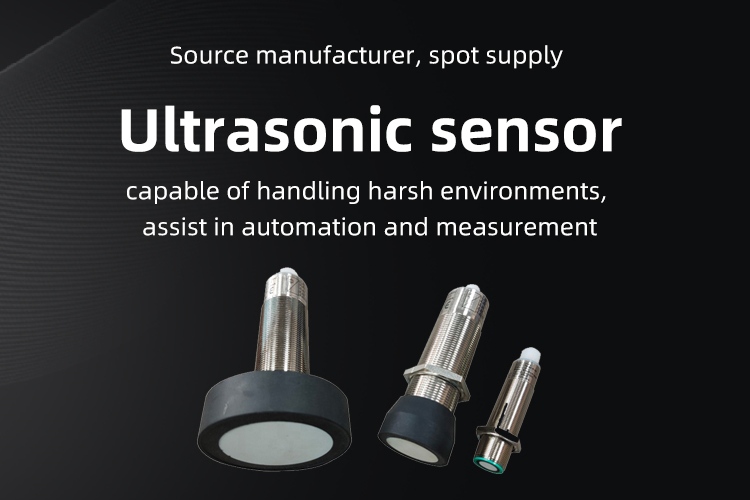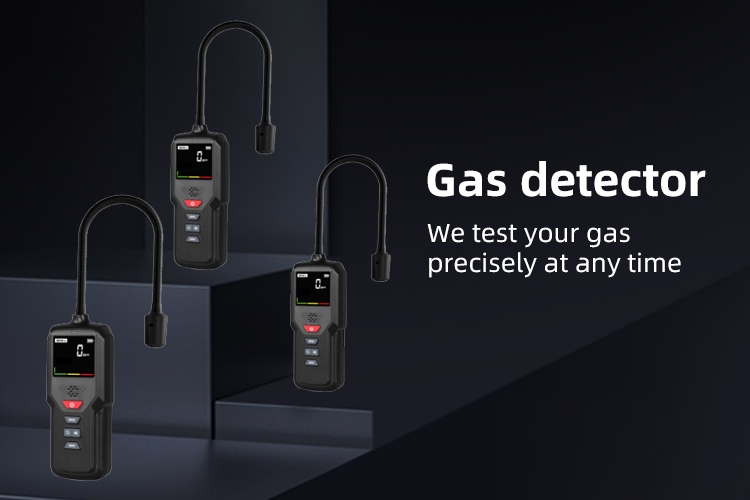
-
Home
- About Us
- Products
- Application scenarios
- Download
- News
Typical Applications of Ultrasonic Sensors
2024-12-06Ultrasonic sensors are widely used in multiple fields due to their high sensitivity and penetration power. Here are some typical applications of ultrasonic sensors:
1、 Industrial sector
- Level measurement:
- Ultrasonic sensors can be used to measure the liquid or solid material level, such as level monitoring of storage tanks, tank trucks, silos, etc.
- By measuring the time it takes for sound waves to be emitted from the sensor and reflected back, the height of the object can be accurately calculated.
- Distance measurement:
- On industrial automation production lines, ultrasonic sensors can be used to measure the distance between objects and sensors to achieve precise material positioning, robot navigation, and other functions.
- For example, in the processes of packaging, bottle making, material handling, etc., ultrasonic sensors can be used to control tension, packing materials, etc.
- velocity measurement :
- Ultrasonic sensors can be used to measure the velocity of fluids or objects, such as fluid flow velocity measurement, vehicle speed measurement, etc.
- By measuring the reflection of sound waves at different time points, the velocity of an object can be calculated.
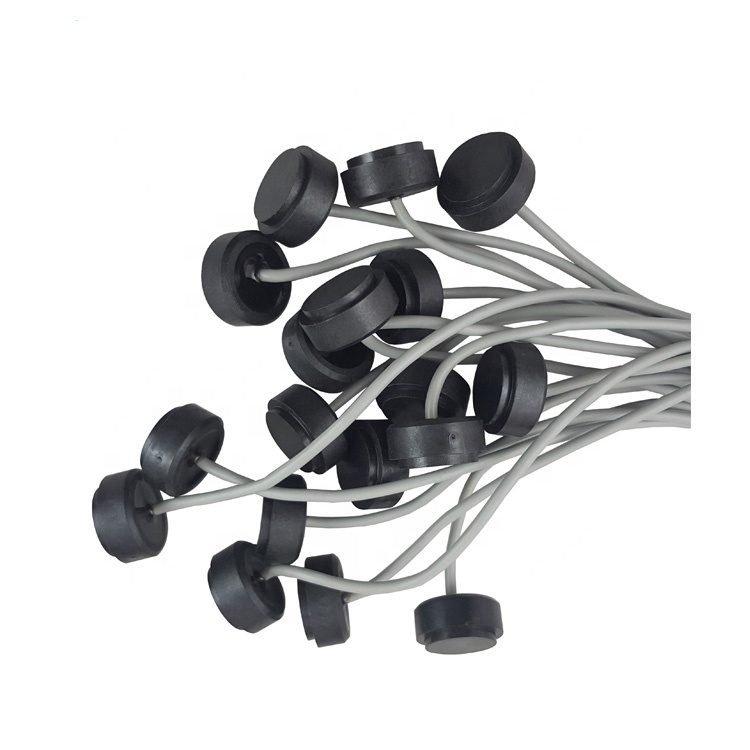
- defect detection :
- Ultrasonic sensors can be used to detect defects inside objects, such as cracks, corrosion, inclusions, etc.
- By analyzing the propagation characteristics of sound waves inside an object, the location and size of defects can be determined.
- Thickness measurement:
- Ultrasonic sensors can be used to measure the thickness of objects, such as steel plates, coatings, etc.
- By measuring the time it takes for sound waves to propagate inside an object, the thickness of the object can be calculated.
2、 Medical field
- Ultrasound therapy:
- Ultrasonic sensors can be used for ultrasonic therapy, such as ultrasonic lithotripsy, ultrasonic ablation, etc.
- By focusing high-intensity ultrasound on the lesion site, it is possible to destroy the lesion tissue and achieve the goal of treatment.
- Ultrasonic monitoring:
- Ultrasonic sensors can be used for ultrasound monitoring, such as fetal heart rate monitoring, blood pressure monitoring, etc.
- By emitting ultrasound waves into the human body and receiving the reflected sound waves, physiological parameters of the human body can be monitored in real-time.
3、 Environmental monitoring field
- water quality monitoring:
- Ultrasonic sensors can be used for water quality monitoring, such as turbidity measurement, suspended solids measurement, etc.
- By analyzing the propagation characteristics of sound waves in water, the degree of pollution and water quality of the water can be evaluated.
- Atmospheric monitoring:
- Ultrasonic sensors can be used for atmospheric monitoring, such as measuring particulate matter such as PM2.5 and PM10.
- By analyzing the propagation characteristics of sound waves in the atmosphere, the degree of atmospheric pollution and air quality can be evaluated.
- Soil monitoring:
- Ultrasonic sensors can be used for soil monitoring, such as soil moisture measurement, soil salinity measurement, etc.
- By analyzing the propagation characteristics of sound waves in soil, soil fertility and ecological environment can be evaluated.
4、 Other fields
- Robot collision prevention:
- Ultrasonic sensors can be used in the collision avoidance system of robots, by measuring the distance between the robot and surrounding objects, to avoid collisions.
- burglar alarm:
- Ultrasonic sensors can be used in anti-theft alarm systems to trigger alarms by monitoring the movement or vibration of objects.
- Human body testing:
- Ultrasonic sensors can be used for human detection, such as automatic door control and human proximity detection in smart homes.
- Transparent object detection:
- Ultrasonic sensors can be used to detect transparent objects such as glass, plastic, etc. Due to the ability of ultrasound to penetrate these objects and reflect back, it is possible to detect transparent objects.
In summary, ultrasonic sensors have attracted much attention due to their unique performance and wide range of application fields. With the continuous advancement of technology and the expansion of application fields, ultrasonic sensors will play an important role in more fields.
Links:
Service Hotline
+86 13923792185
Website:www.micmetering.com
Address:6th Floor, Block B, Area A, Qinghu Science and Technology Park, Longhua District, Shenzhen, Guangdong Province
Copyright © 2025 MIC Metering (Shenzhen) Limited 粤ICP备2025358196号-1 Cookies Policy-
Service Hotline
Service Hotline
+86 13923792185
-
WeChat

-
TOP
Our Cookie Usage Policy
Our website uses cookies and other similar technologies to distinguish you from other users of our website. This helps us provide you with a good experience when you browse our website and allows us to improve our website. For more information, please refer to our Cookie Policy. - About Us
